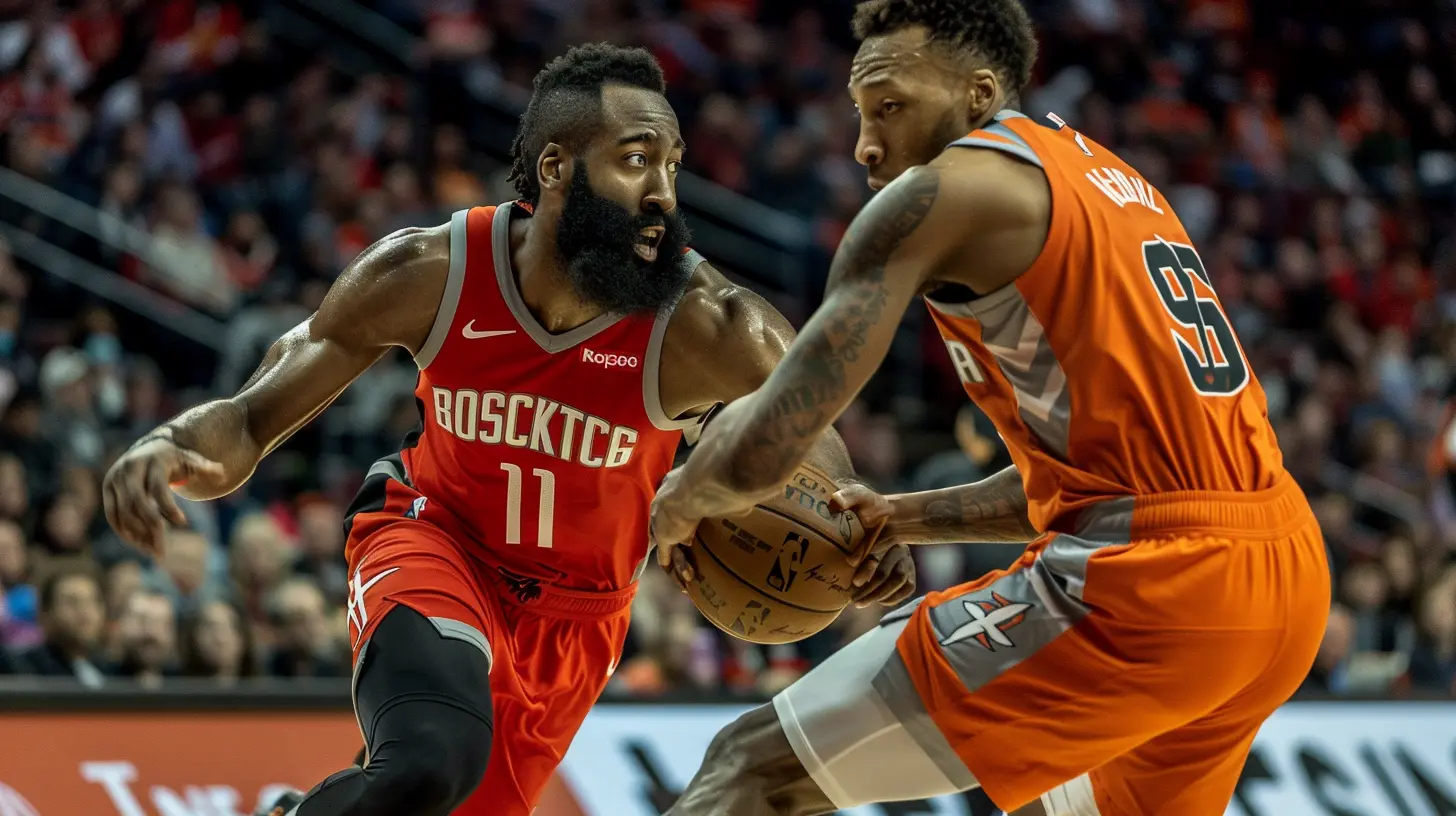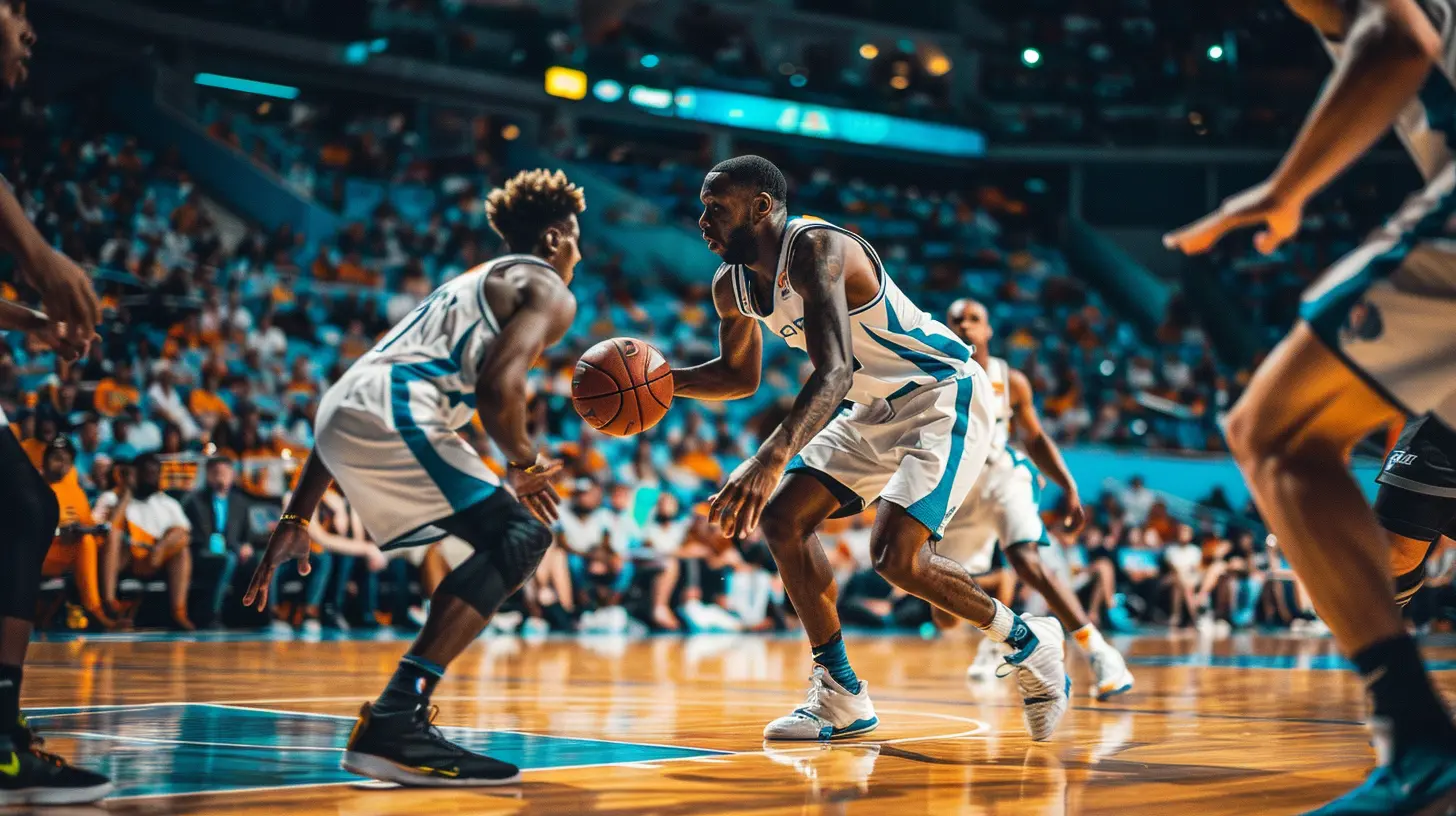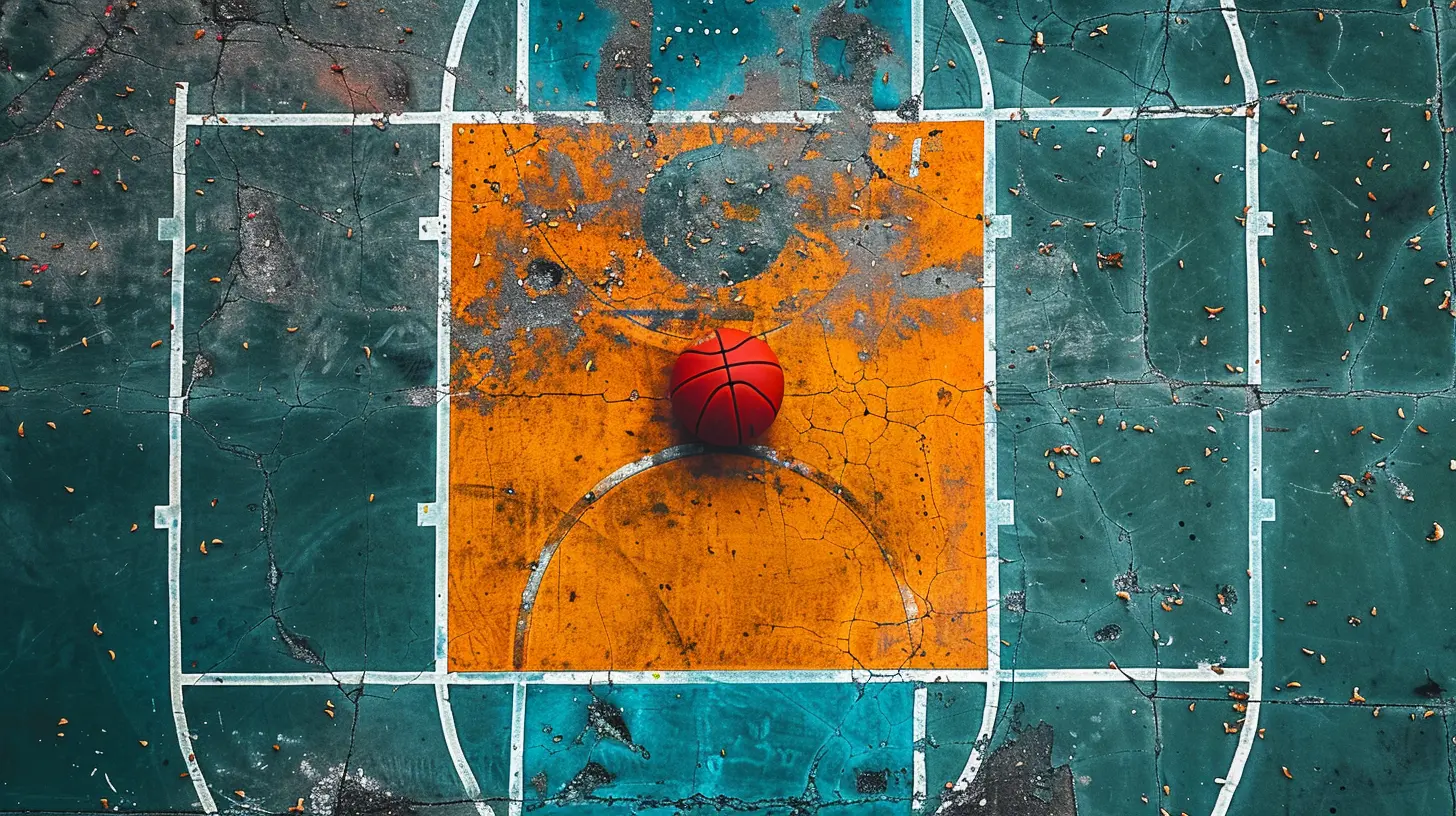The Role of Off-the-Ball Movement in Unlocking Defenses
16 October 2025
Let’s face it—when we watch a soccer match, our eyes naturally follow the player with the ball. It’s like watching a magician’s hands during a card trick. But here’s the kicker: what really unlocks defenses often happens away from the spotlight. Yep, I’m talking about off-the-ball movement. The unsung hero. The ninja of tactical football.
If you’ve ever screamed at your team for not breaking down a “park-the-bus” defense, you’re about to find out that it’s not always about fancy footwork or a 40-yard screamer—it’s the sneaky, strategic motion of players without the ball that causes real damage.
In this article, we’ll break down the importance of off-the-ball movement with a side of wit, a dash of tactical analysis, and a whole lot of love for the beautiful game.
What Is Off-the-Ball Movement (And Why Should You Care)?
Okay, let’s not overcomplicate things.Off-the-ball movement is exactly what it sounds like: everything a player does when they aren’t in possession of the ball. It includes making runs into space, dragging defenders out of position, creating passing lanes, setting up triangles, and distracting the opposition just enough to cause chaos.
Think of it like the supporting cast in a blockbuster movie. The hero (the ball carrier) gets all the awards, but they’d be nowhere without the folks setting the stage.
So, why should you care? Because teams that master off-the-ball movement slice through defenses like a hot knife through butter.
The Silent Art That Causes Loud Problems
Watch any top-tier team—Man City, Barcelona (circa Xavi-Iniesta prime), Bayern Munich—and you’ll notice a constant buzz of players shifting, darting, and finding pockets of space. This movement:- Distracts defenders
- Creates gaps
- Offers passing options
- Forces the defense to make tough decisions
And here’s the juicy part: it doesn’t always result in a direct pass or goal. Sometimes, it's all about pulling a center-back two steps out of position to allow someone else a tap-in. Selfless? You bet. Effective? Absolutely.
Spacing: The Chessboard of Football
Picture a chessboard. Every move matters. You don’t just slide the queen across the board without thinking three steps ahead.Similarly, football players use off-the-ball movement to control space. And space? That’s the currency of the game.
Football is not just about possession; it’s about meaningful possession. Spacing created by intelligent off-the-ball movement stretches defenses and opens up channels for incisive passing.
Suddenly, that backline that looked like a Berlin Wall is full of cracks.
Vertical vs. Lateral Runs: Choose Your Weapon
Let’s talk about the types of movement. Off-the-ball runs generally fall into two categories: vertical and lateral.Vertical Runs
These are your classic “run-in behind” type moves—a striker darting through the backline, a winger cutting inside, or a midfielder ghosting into the box.Think Kylian Mbappé with a five-yard head start—it’s like giving a cheetah rollerblades.
Vertical runs stretch the defense lengthwise and force defenders to retreat or switch offside traps.
Lateral Runs
More subtle, but no less lethal. These side-to-side movements—by forwards or midfielders—pull defenders out of shape.Ever seen Thomas Müller (aka the Raumdeuter, or “space interpreter”) in action? He drifts into areas defenses forget to cover. It’s not flashy, but it’s genius.
Off-the-Ball Movement in Transition Play
You know what causes more panic than a last-minute VAR check? A quick transition.Off-the-ball movement during transitions is pure chaos magic. The moment a team wins the ball, the run-for-your-life speed kicks in.
Players sprint into space before the opponents can reorganize. Wingers hug the touchlines, strikers dash diagonally across blindsided defenders, and midfielders charge forward like a cavalry.
The movement has to be timed perfectly. It’s like synchronized swimming—only with more mud, sweat, and goal celebrations.
The Role of Midfielders: The Puppet Masters
Let’s give midfielders some love, shall we?They’re like conductors in a football orchestra. Their movement off the ball dictates tempo, link-up play, and passing triangles.
When a midfielder drops deep to receive a pass, they’re dragging an opponent with them—creating a vacuum in the middle. When they make a late run into the box? Absolute nightmare for defenders.
Frank Lampard, anyone? The guy wasn’t just lucky. His timing when moving off the ball was so precise, you’d think he had a built-in radar.
Full-backs and Overlapping Runs: The Surprise Attack
Modern full-backs are basically wingers in disguise. They overlap like it’s their full-time job—and thank the football gods for that.Their off-the-ball runs frequently create overloads on the flanks, draw out defenders, and set up crosses.
When a full-back bombs forward, it forces the opposition to make tough choices: shift wide and leave the center open, or stay compact and risk being flooded on the wings.
Either way, the defense gets stretched, and the attack gets options.
The Psychological Warfare of Movement
Sometimes, off-the-ball movement is just straight-up mind games.Ever seen a forward make a run three times in a row without getting the ball? That’s bait. They’re conditioning the defenders to expect a pattern. Then, BAM! They switch it up, cut in short, and receive the ball in acres of space.
Defenders aren’t robots. They get tired, distracted, and emotional. Movement exploits that.
This is football's equivalent of, “Look over here!” pulls rabbit out of hat on the other side.
How Coaches Drill Off-the-Ball Intelligence
This isn’t just luck—it’s coached.Elite managers spend hours working on movement patterns. Training drills simulate game situations where players need to react, anticipate, and move in harmony.
Think of Guardiola’s rondos. Players aren’t just pinging the ball around; they’re practicing angles, space manipulation, and anticipation.
Jose Mourinho loves compact shapes, but even in his defensive fortress, off-the-ball drills are crucial for counter-attacking strategies.
No matter the playstyle, movement matters.
Stats That Prove Movement Matters
Alright, stat lovers—here’s some meat for you.- Teams that make more off-the-ball runs into the final third average 2.1 goals per game compared to 1.3 by teams with static attacks.
- In 2022, Erling Haaland scored 40% of his goals from making runs behind the defense—without touching the ball before the shot.
- Kevin De Bruyne created 60+ chances with passes following off-the-ball runs by teammates.
Numbers don’t lie. Movement creates opportunities. Opportunities create goals. Goals win games. Simple math.
Off-the-Ball Movement in Youth Development
Little Timmy might be great with the ball at his feet, but if he just stands around when he doesn’t have it? Coach won’t be happy.Modern youth training programs emphasize spatial awareness early. Movement is introduced not just as a physical action, but an intelligence tool.
Kids are taught to move into triangles, offer support, and make blindside runs. It’s less about kicking hard and more about thinking smart.
The Future of Movement: Data and AI
Brace yourself—robots are coming. Well, sort of.Clubs now use GPS trackers, heat maps, and AI to analyze players' off-the-ball movement. They track how often a player finds space, how much they sprint without the ball, and their effectiveness in creating chances.
Soon, scouts might be asking, “How’s his OTBM rate?” (Okay, maybe not. But you get the idea.)
Final Whistle: Let’s Hear It for the Movers
So the next time you watch a game, don’t just admire the player with the ball. Zoom out. Look around. Notice the runs, the decoys, the dummy movements.Understand that unlocking a defense is often a choreographed dance of distraction and deception—and the real heroes are running in the shadows.
Off-the-ball movement isn’t sexy. It’s not what makes the highlight reel. But it’s what wins games. Ask any coach, any top player, or any football nerd screaming at their TV—they’ll back me up.
Because in the world of football, sometimes the most dangerous player is the one without the ball.
all images in this post were generated using AI tools
Category:
Game AnalysisAuthor:

Frankie Bailey
Discussion
rate this article
1 comments
Genevieve Walker
In the dance of play, shadows weave and glide, Off-the-ball whispers ignite, defenses collide. Silent craft, a symphony, where brilliance resides.
October 23, 2025 at 3:03 AM

Frankie Bailey
Thank you! I love how you captured the essence of off-the-ball movement—its beauty and strategic impact in football.


